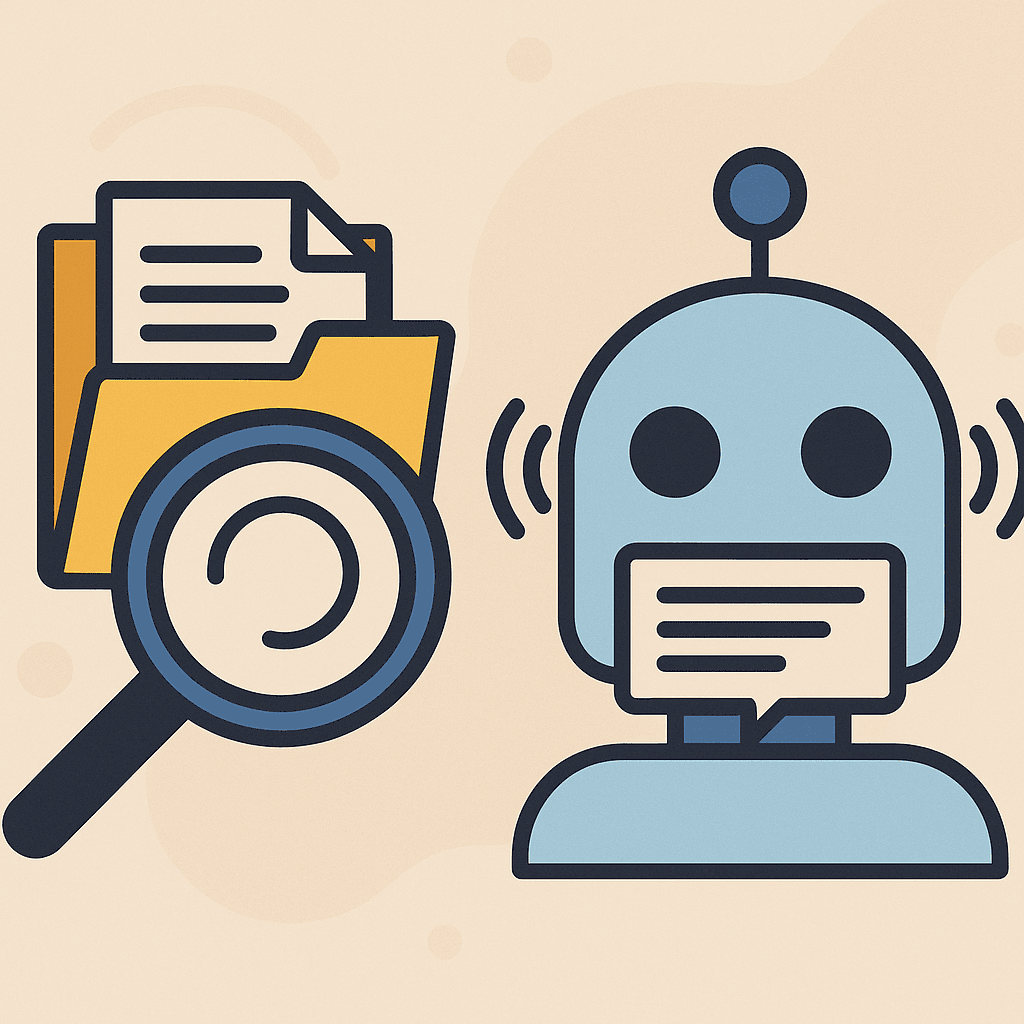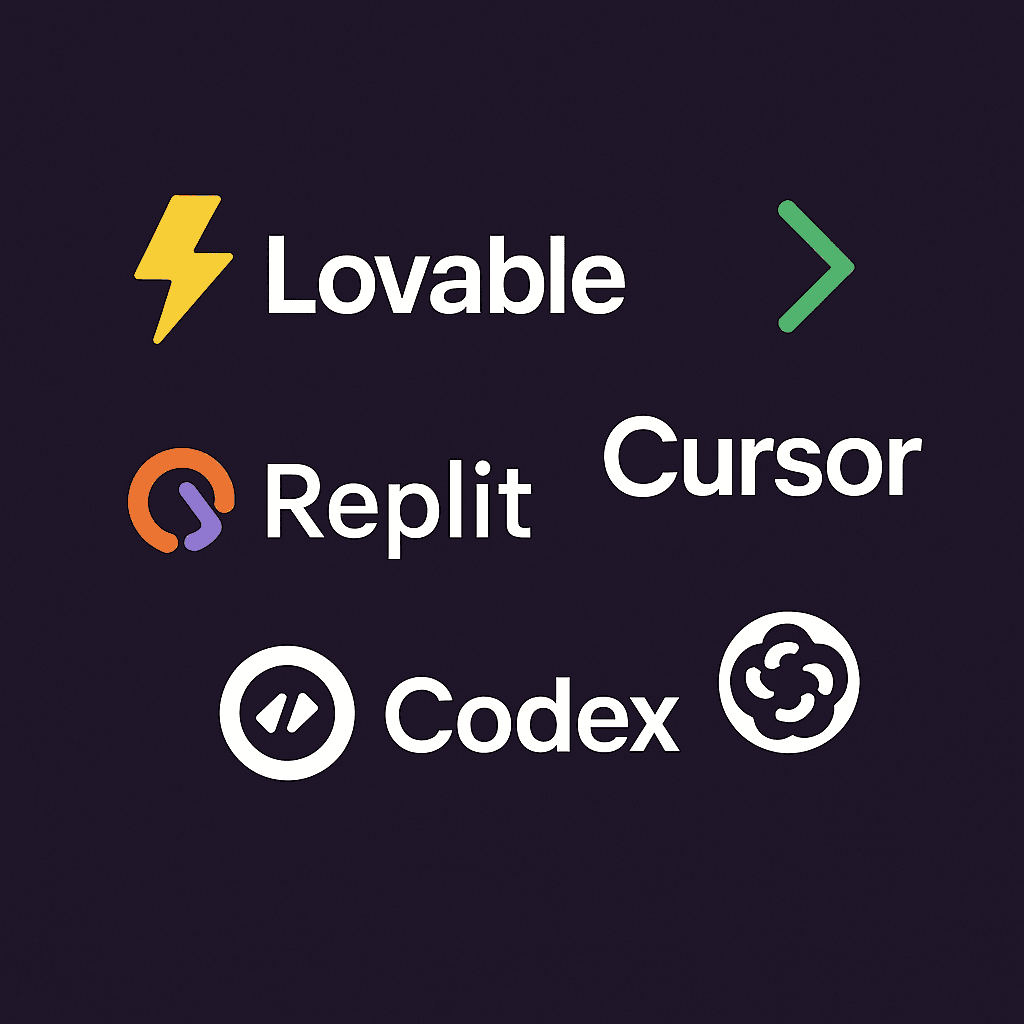Why OpenAI's Agent Dev Hub Won't Kill Custom Automation — And Why Isla Waves Is the Future
Tomorrow, October 6th, 2025, OpenAI officially launches its agent development hub, Responses API, and integrated ChatGPT Agent features. This announcement is turning heads across the AI and automation space, and for good reason—it represents a major push toward agentic automation.
But here's what many are missing: while OpenAI's platform is powerful, it's not a death blow for custom, flexible automation platforms. In fact, your autonomy, ability to integrate niche systems, and mobile-friendly design may be more critical than ever.
Here's the inside take: OpenAI's agent platform is powerful — but limited by integration constraints, vendor lock-in, and mobile/offline challenges. Isla Waves is being built to close those gaps.
What OpenAI's Agent Ecosystem Actually Brings to the Table
OpenAI's public roadmap for agent tools includes:
- Responses API + Agents SDK: a unified interface combining chat, reasoning, and tool use. (openai.com/new-tools-for-building-agents)
- Built-in tools like web search, file search, computer use (GUI automation) baked in.
- Operator / ChatGPT Agent: autonomous browsing, clicking, filling forms, interacting with GUIs using a "computer-using agent" model.
- Observability & tracing in the Agents SDK: actions, tool calls, and behavior logs are traceable.
- Guardrails and safety measures: memory is disabled in agent mode, restrictions on dangerous actions, human review prompts.
These are serious innovations. Using these, developers can build agents that think + act rather than just chat.
However, they come with tradeoffs. Below are the limitations ripe for exploitation by a more flexible, mobile-first platform.
Key Gaps & Limitations in OpenAI's Agent Strategy
1. Limited Support for Niche APIs, Private Databases & Legacy Systems
Many automation and workflow tools live in private, internal systems without modern REST APIs. Small CRMs, regional school management systems, health clinic databases, local Caribbean platforms—or systems with SOAP or custom protocols—are often omitted from the "pre-built connector" set. OpenAI's native "hosted tools" include web, file, computer use, but custom APIs must be wrapped manually.
In markets like the Caribbean or in local institutions (schools, health, municipal systems), many platforms lack open API specs. A platform that enables custom connector building, SDK wrappers, or adapter layers for closed systems is going to win those users.
2. Vendor Lock-In & LLM Dependency
OpenAI's Responses API and Agents SDK are tightly coupled to their LLMs and tooling. This raises the risk of lock-in, making it hard to swap to another provider (Anthropic, local LLM, etc.). Some community developers already raise this concern.
If Isla Waves can support multiple LLM backends (OpenAI, Anthropic, open models) and allow seamless switching or fallback, that freedom becomes a competitive edge.
3. Hosting & State Persistence Are Up to the Developer
OpenAI expects developers to provide runtime, state persistence, database / memory infrastructure, and deployment. The agent logic is provided, but the rest of the "plumbing" rests with you.
That's a lot of undifferentiated infrastructure overhead for many users. Offering optional managed hosting, state storage, scaling, and orchestration as a built-in service is a big value add for non-tech users.
4. Mobile / Offline Challenges & Latency
OpenAI's public announcements emphasize browser, cloud, and voice (real-time API) modes, but they don't highlight strong mobile offline support.
However, mobile agents (especially in GUI automation) are an active research area. For example:
- V-Droid: a mobile GUI agent that uses verifier modules to validate steps, achieving ~0.7s per step latency.
- EcoAgent / edge-cloud architectures: splits planning vs execution between cloud and device to reduce latency & resource consumption.
By facilitating offline dev mode, placeholder data mode, local inference / caching, and hybrid mobile/cloud processing, you can beat OpenAI on real mobile experience.
5. Guardrails & Safety: Opaque, Rigid, and Conservative
OpenAI's guardrails are currently cautious: agent memory disabled, restricted actions, and heavy internal policy oversight.
But many users want to push boundaries. If you can expose configurable guardrails (tiered, auditable), verifier modules, human-in-the-loop overrides, and logging, you give more power (with safety) to creators.
6. Rate Limits, Tool Overhead & Plan Complexity
Chaining many tool calls, nested agent calls, or high frequency workflows can trigger rate limits, latency issues, or cost spikes. Some discussion is evident in developer communities.
Offering intelligent batching, caching, fallback paths, and model stacking strategies can mitigate these issues on your platform.
How Isla Waves Is Designed to Fill the Gaps
Given your vision and the landscape above, here's how you can lean your strengths and position your platform:
- Full connector / adapter strategy
Enable users to build connectors to private, legacy, closed, or regional APIs. Offer SDK templates, low-code connector builders, wrappers for SOAP / GraphQL / private databases - Hosting options
Give users choice: self-host, deploy on their infrastructure, or pick your managed hosting. Abstract away scaling, persistence, and orchestration where desired - Mobile-First & Offline Dev Mode
Provide a developer sandbox on the mobile app (with placeholder/dummy data), let users prototype agents offline, then sync when online - Hybrid Edge-Cloud architecture
Split agent reasoning vs execution: run planning and heavy tasks in the cloud, but execute controlled steps locally to reduce latency - Flexible Guardrail System
Offer default safety rules but allow user adjustment and overrides. Use verifier / filter modules to validate agent actions before execution. Provide logs, rollbacks, and audit trails - LLM Pluggability & Fallback
Let users choose and switch between LLM backends (OpenAI, Anthropic, open-source, custom). Provide fallback modes (lighter models) for cost/latency control - Cost, caching & scaling optimizations
Implement caching, model fallback, batching, rate smoothing, smart queueing to help users scale without runaway costs
Use Cases & Examples to Illustrate the Edge
-
Caribbean school using a local student information system (SIS) without open API
The school can plug in a custom adapter, build an agent to automate attendance, reports, notifications. While OpenAI's built-in connectors might not support that local SIS, Isla Waves can. -
Community clinic with private patient database
Build a connector to the private DB, have the agent also read data offline (e.g. sync mode), run locally in disconnected scenarios, then sync updates, with guardrails to prevent PHI misuse. -
Local CRM in a regional market
Many small CRMs in niche markets don't offer open APIs or modern endpoints. By allowing custom connectors or wrappers, you capture that user base. -
Consumer automation in underserved markets
In many markets, automation tools are enterprise-centric. By offering consumer automation flows, mobile agent tasks, and lightweight connectors, you open up new opportunities. -
Cross-app mobile workflows
Agents running on mobile can seamlessly shift between apps (e.g. read message, open CRM app, fill contact, schedule a meeting) if you support mobile GUI automation + offline fallback.
Call to Action & Closing
Agents are the next frontier of automation. But flexibility, integration depth, mobile experience, and guardrail control determine which platforms will thrive. OpenAI's agent dev hub launches tomorrow—but it's not the whole ecosystem.
Isla Waves is being built precisely to occupy that broader space: for developers, creators, institutions, and markets that need more flexibility than what a closed agent platform can offer.
Stay tuned for our beta. Want to build connectors? Have a legacy system you want agent support for? Reach out — we'd love to partner with you.
Stay Ahead of the AI Automation Wave
The AI automation landscape is evolving rapidly, especially with tomorrow's OpenAI launch. If you want to keep up with the latest strategies, tools, and frameworks for building custom automation—without the limitations of closed platforms—subscribe to our newsletter.
We share weekly insights on AI agents, automation frameworks, mobile-first development, and real-world implementations that are working right now. No fluff. Just actionable intelligence to help you build smarter and faster.
Join developers, creators, and forward-thinking businesses who are building the future of automation.



